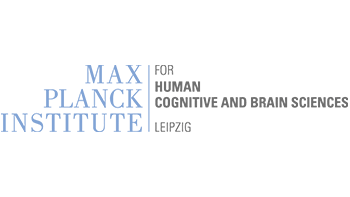Paper of the Month 04/2025
Mathiopoulou V, Habets J, Feldmann LK, Busch JL, Roediger J, Behnke JK, Schneider GH, Faust K, Kühn AA.
Nat Commun. 2025; 16(1): 2956. doi: 10.1038/s41467-025-58132-7. PMID: 40140380.
Abstract
Finely tuned gamma (FTG) oscillations from the subthalamic nucleus (STN) and cortex in Parkinson’s disease (PD) patients undergoing deep brain stimulation (DBS) are often associated with dyskinesia. Recently it was shown that DBS entrains gamma activity at 1:2 of the stimulation frequency; however, the functional role of this signal is not yet fully understood. We recorded local field potentials from the STN in 19 chronically implanted PD patients on dopaminergic medication during DBS, at rest, and during repetitive movements. Here we show that high-frequency DBS induced 1:2 gamma entrainment in 15/19 patients. Spontaneous FTG was present in 8 patients; in five of these patients dyskinesia occurred or were enhanced with entrained gamma activity during stimulation. Further, there was a significant increase in the power of 1:2 entrained gamma activity during movement in comparison to rest, while patients with entrainment had faster movements compared to those without. These findings argue for a functional relevance of the stimulation-induced 1:2 gamma entrainment in PD patients as a prokinetic activity that, however, is not necessarily promoting dyskinesia. DBS-induced entrainment can be a promising neurophysiological biomarker for identifying the optimal amplitude during closed-loop DBS.










